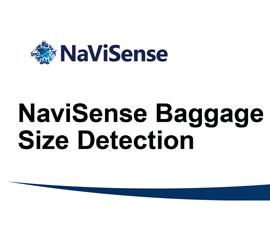
Oversized baggage at airport gates slows the boarding process and leads to traveler dissatisfaction. Sharp has been working with Computer Vision AI for over five years and based on requests from our travel partners, is introducing NaViSense Baggage Size Detection. This kiosk-based solution uses IP cameras paired with a trained Computer Vision AI program to discern between carry-on and baggage that need to be checked.
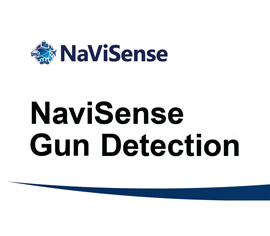
The threat of gun violence in public spaces is rising. Everyone wants a safer experience in the places we gather, schools, hospitals, airports, stadiums, stores, everywhere. Sharp has been working with Computer Vision AI for over five years and based on requests from our customers and partners, has created NaViSense Gun Detection.
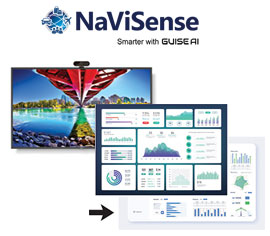
Physical commercial spaces produce vast amounts of visible environmental data. But most companies aren’t leveraging that data to their full advantage. Computer vision with NaViSense makes this possible—capturing visual data and then helping to optimize operations and informing better business decisions through analytics and automation.
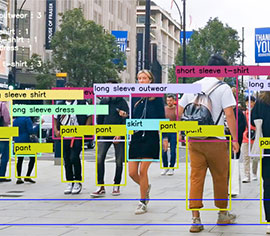
Physical commercial spaces produce vast amounts of visible environmental data that can be leveraged to improve operations, logistics, customer experiences, and sales. In this whitepaper, learn how computer vision can help.
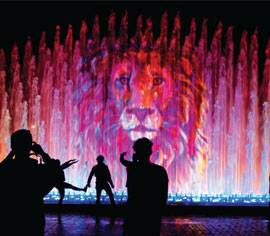
The introduction of new projection technology has given people the power to bring their imaginations to life like never before through projection mapping and alternative projection uses, paving the way for unlimited visual possibilities.
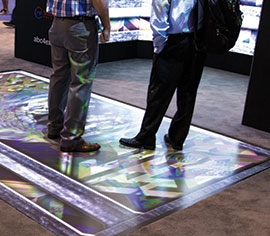
Floors are not a new surface for displaying projected images. Several industries have used floor projection to provide entertainment. When the pandemic struck, however, many businesses soon began looking for better solutions than traditional signs.
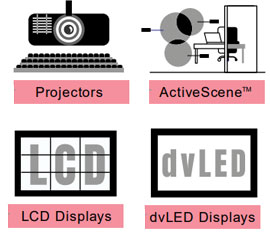
If you’re considering adopting a digital display to better engage your audience, selecting the perfect solution for your specific needs can be a challenge. Take a look at the 7 key factors to consider when choosing a display solution in this infographic.

Direct view LED has been making a name for itself for dynamic, high-bright large surface visualization. In transportation, stores and malls, reception areas and boardrooms, fine pitch LED solutions offer a genuine alternative to more traditional options.

Sharp offers 6 points of service from consulting, design, production, construction, training and after-sales service.
A key factor when deciding on any dvLED solution is to choose the best pixel pitch for your needs and budget. Learn how to do so in this infographic.
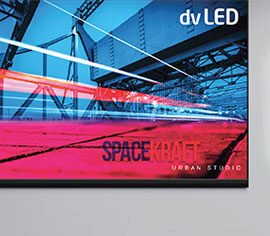
While direct view LED video walls can carry a higher price tag than LCD video walls or projection systems, explaining the return on investment to potential customers can help justify the added cost.
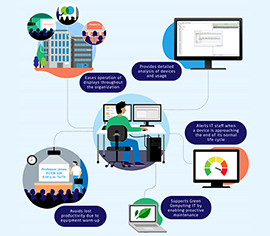
Reduce administration effort and costs with NaViSet Administrator 2. This informative infographic shows how you can gain the knowledge that all of your NEC products are performing optimally.
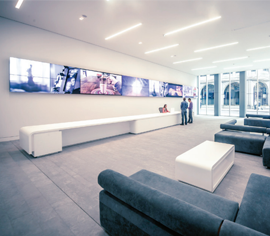
Hospitality organizations have the unique opportunity to make use of their physical spaces to attract, inform and entertain consumers. The key to engaging customers lies in three digital display technologies. This guide to digital signage shows how these technologies are changing the game for hospitality businesses.
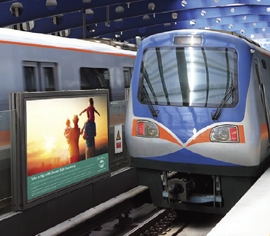
Maintaining safety and security are important in any environment, but transportation professionals have particular challenges associated with ensuring travelers stay safe. Transit hubs are often crowded, and there are varied passenger screening processes. See how you can use digital signage to keep travelers safe in this NEC report.